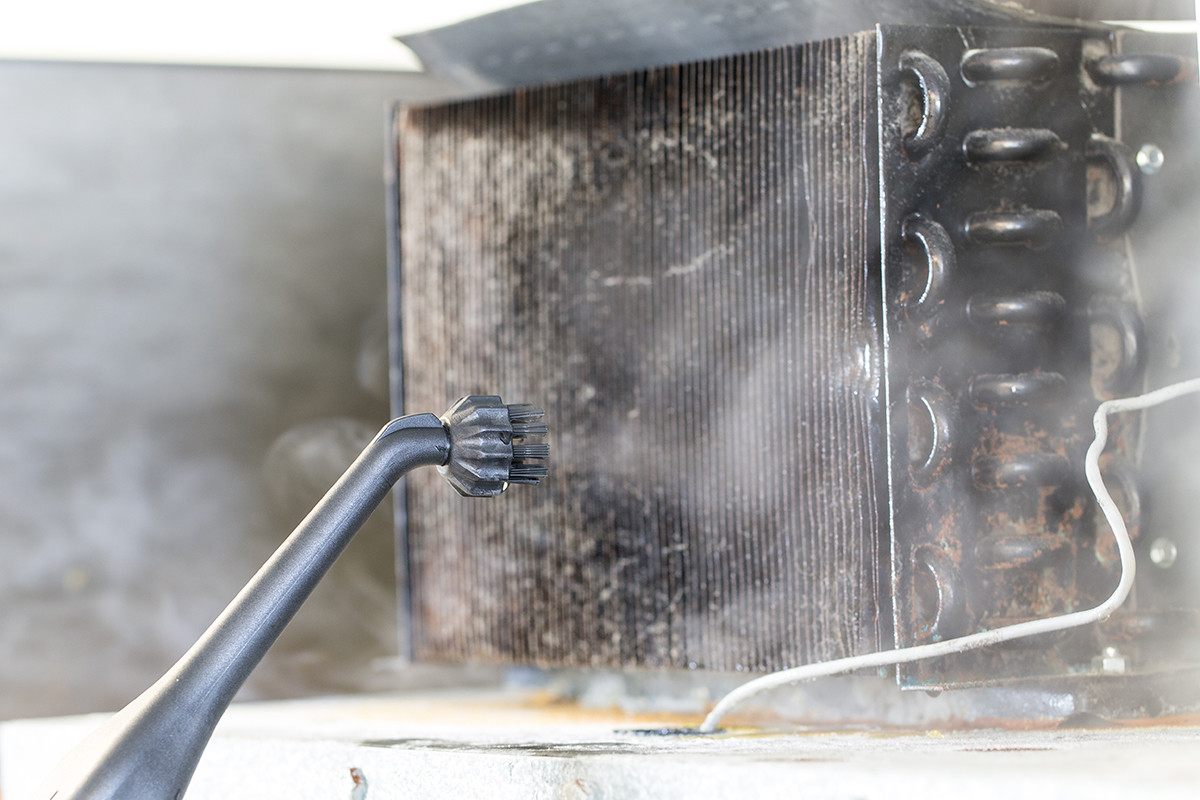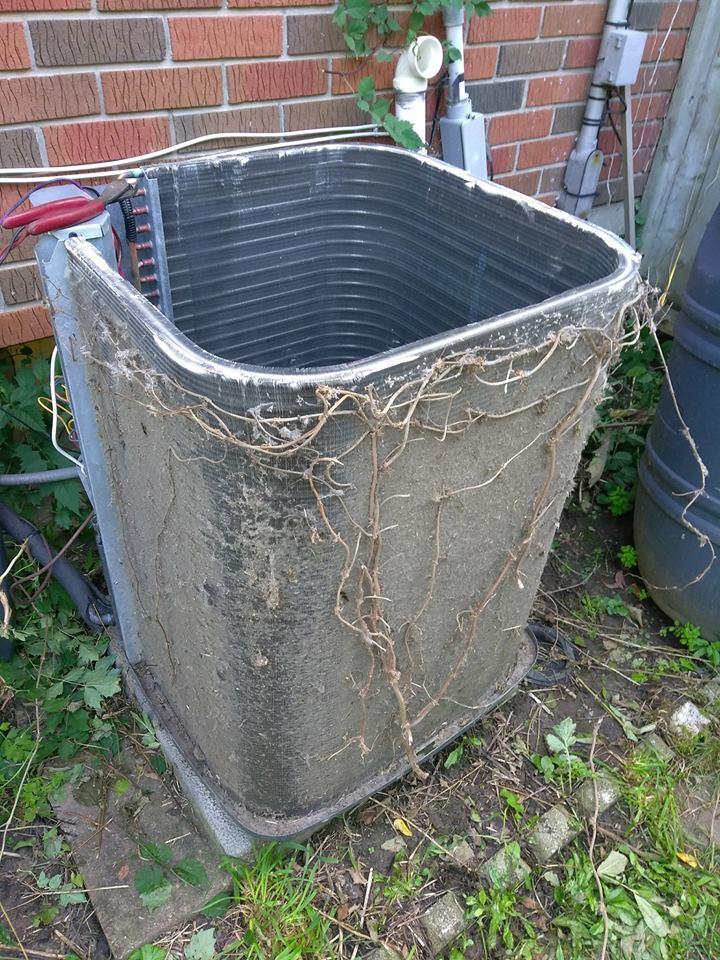Maybe not. But it might be?
I read with interest and article (albeit a bit dated) a few days ago about the relationship between relative humidity and microorganism growth. Specifically of interest to me was that in environments where we “manufacture air” controlling moisture is paramount to the safety of that air. There’s a lot of talk about adding moisture to environments but I think if not properly managed it can be extremely dangerous. For example, your carpet is a prime area for bacteria growth if it holds too much moisture. So is your HVAC system.
Listen, I know that people discuss humidity in air conditioning systems all the time. I see them at large trade shows too, but I think that the reality is that most have a conversation about it form the customer comfort point of view. Not realizing that introducing humidity into an air system can have major impact on the safety of indoor air quality. When adding humidity to an HVAC system, proper planning and maintenance procedures need to be followed to maintain a healthy balance. too much moisture will cause a breeding ground for odor causing bacteria, mold and mildew. This can cause major structural damage and very dangerous air quality environments,
Some tips to keep HVAC systems healthy, especially if you have added humidity systems.
- Use your senses. The nose and eyes can quickly and easily help identify issues where mold and mildew or congregating. Know that dank smell? If you smell it, act fast!
- Make sure your office, home etc have plenty of ventilation. Proper balancing of air ventilation into the system will help maintain good indoor air quality, and help manage humidty
- Maintain systems regularly. Your HVAC system created plenty of condensation during it’s standard operation. Coils, pans and condensate drain lines are areas that can collect standing water and create perfect environments for bacteria, mold and mildew. Make sure you are cleaning evaporator and condenser coils of dirt and debris to maintain proper airflow. Also, treat the coils, pans and condensate lines with EPA registered mold control products.
Got other tips, let’s hear them in the comments.






Leave A Comment